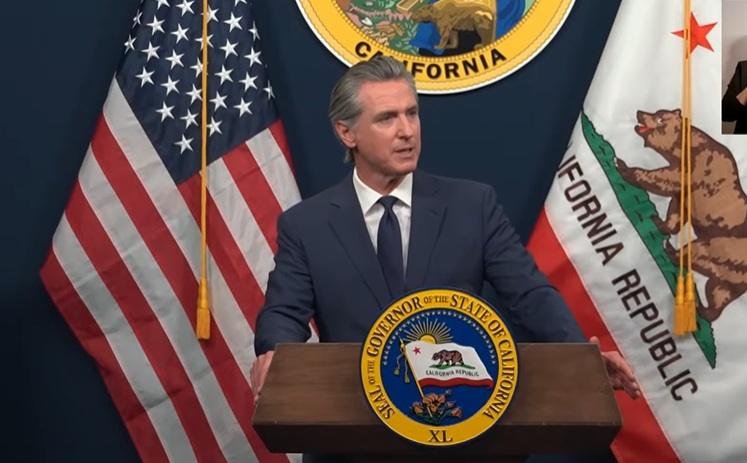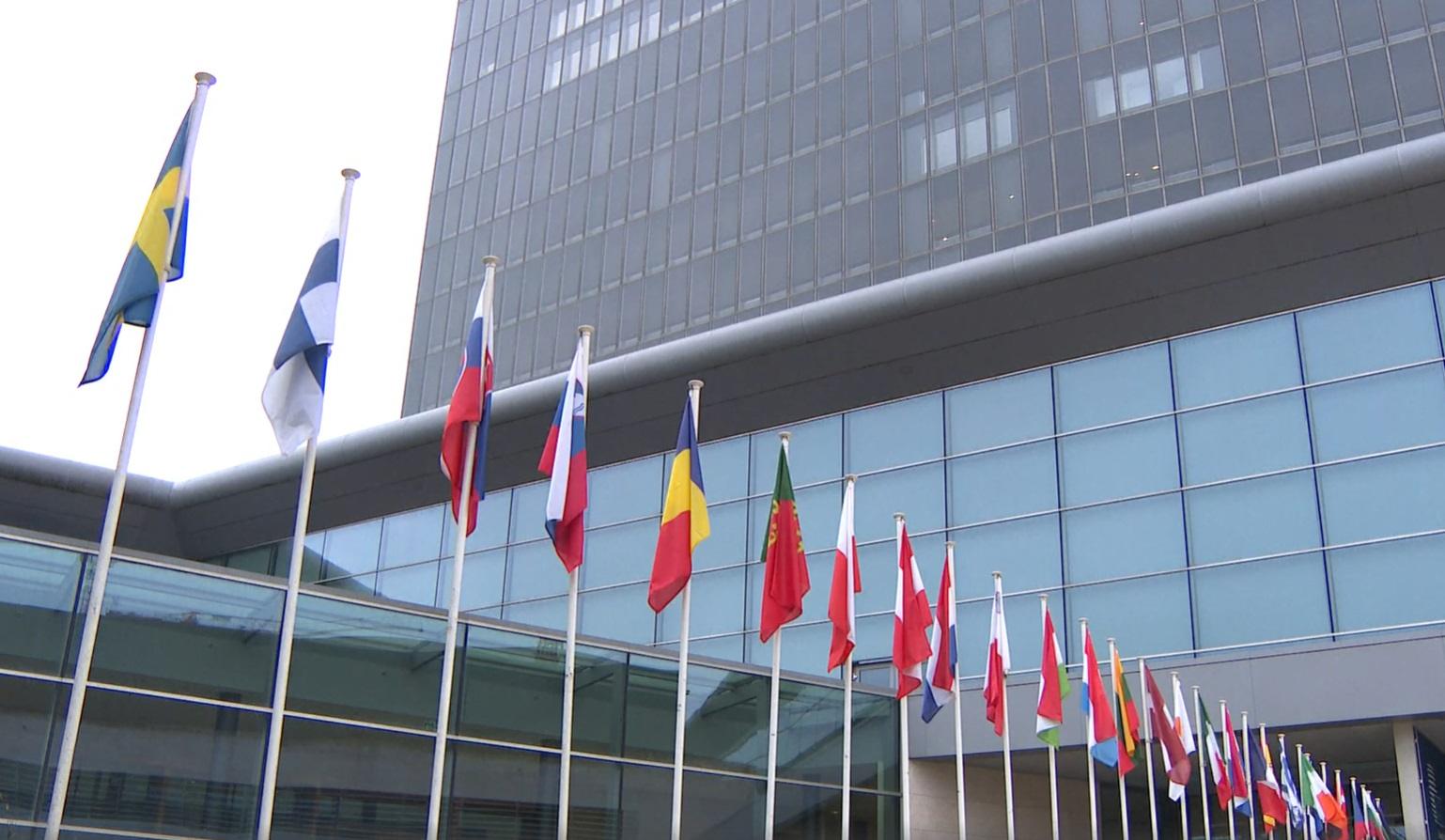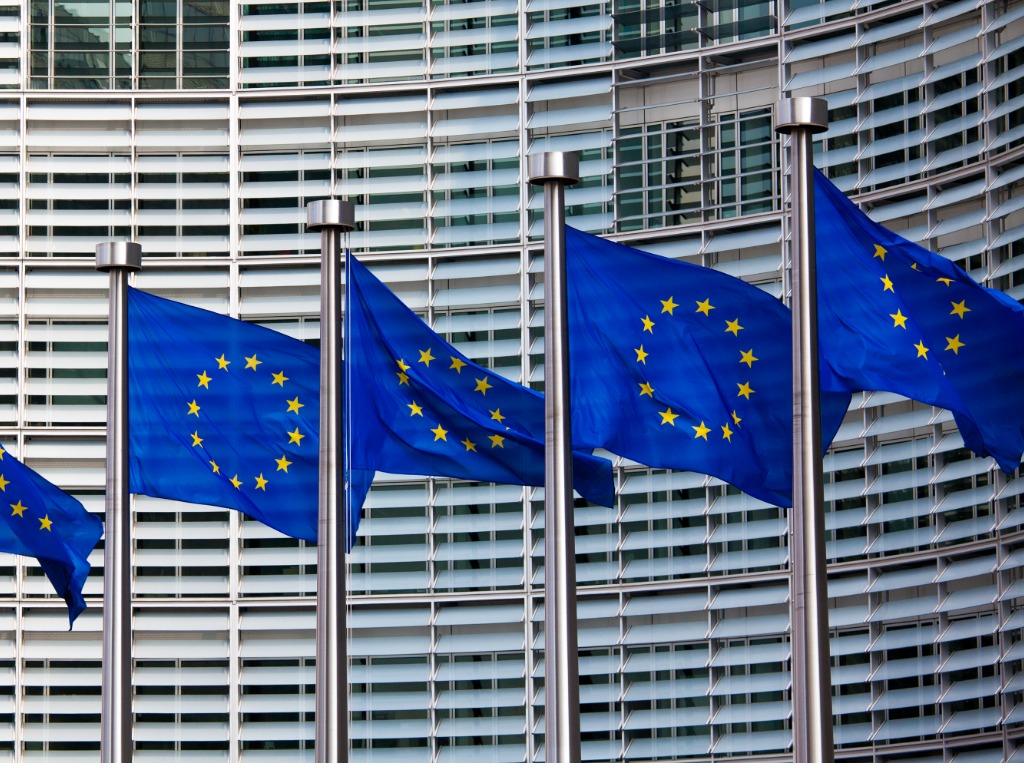California Plans to Proceed with Carbon Cap-and-Invest Program Despite Pressure from Trump
California Governor Gavin Newsom released a revised proposal for the 2025-2026 state budget, containing plans to extend the state’s “Cap-and-Invest” program, requiring major emitters to purchase allowances for carbon emissions above a declining cap, through 2045.
According to the budget proposal, the Cap-and-Invest program, which was set to expire in 2030, is anticipated to result in a continuation of the California Climate Credit, resulting in approximately $60 billion available for utility bill credits to California residents over the duration of the extension.
The proposed extension of the carbon pricing program comes despite growing pressure by the Trump administration and Republican state politicians targeting state initiatives charging companies for their greenhouse gas emissions.
In April, President Trump signed an executive order directing the U.S. Attorney General to identify all state and local laws and regulations “burdening the identification, development, siting, production, or use of domestic energy resources that are or may be unconstitutional,” with priority given to laws “purporting to address “climate change” or involving “environmental, social, and governance” initiatives, “environmental justice,” carbon or “greenhouse gas” emissions,” and to take action to stop the enforcement of the laws.
Trump specifically called out California’s cap-and-trade system, in addition to new laws in New York and Vermont aimed at fining energy companies for their contributions to climate change. The Trump administration and several states have recently started legal proceedings against the laws in New York and Vermont.
California’s Cap-and-Invest program (renamed from the prior Cap-and-Trade) establishes a declining limit on major sources of GHG emissions, such as electricity generators, refineries, cement production facilities, food processing plants and fuel distributors, allocating allowances equal to the total amount of permissible emissions, with fewer allowances created each year, with companies acquiring allowances through auction, or by trading with other entities that come in under their emissions requirement, creating a price on carbon emissions and an incentive to invest in emissions reductions and clean technologies. The system was initiated in 2006, and to date has funded approximately $33 billion of investments.
Proceeds from the extended program are anticipated to be invested in “transformative climate projects,” according to the budget document, such as California’s high-speed rail project.
According to the Governor’s office, the revised budget adjusts for a $12 billion shortfall blamed on federal instability, or a “Trump Slump,” created by tariffs disruption, market volatility, and a decline in international tourism.
Newsom said:
“California’s fundamental values don’t change just because the federal winds have shifted. Even as the Trump Slump slows the economy and hits our revenues, we’re delivering bold proposals to build more housing, lower costs for working families, and invest in our kids.”





